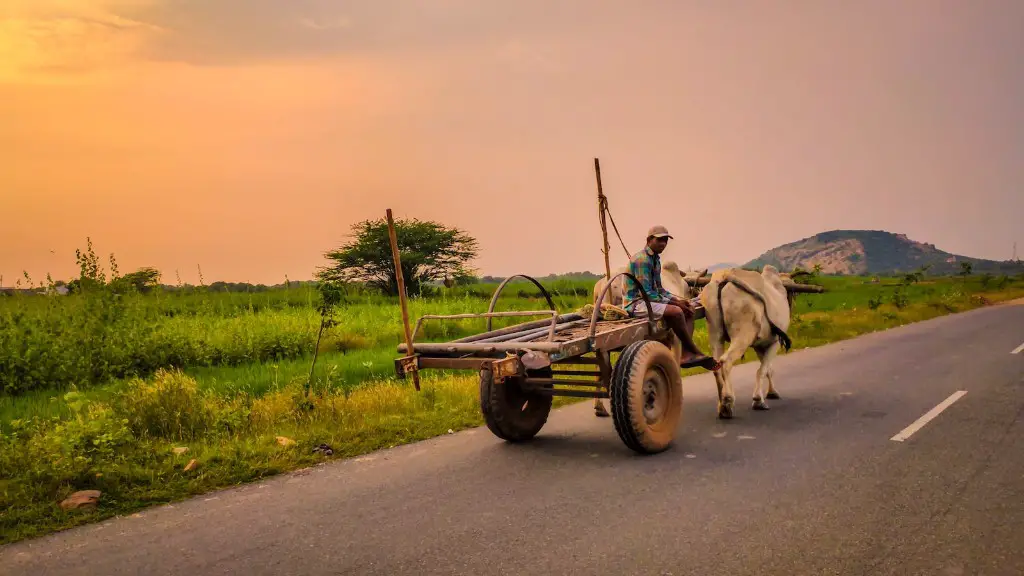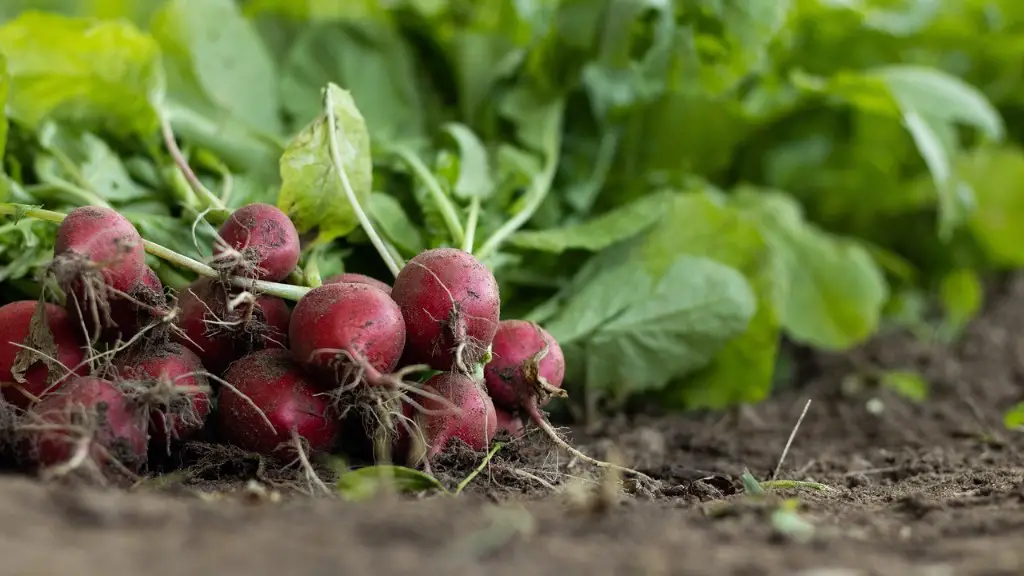Agriculture is a primary means of sustenance for the majority of the world’s population. Yet, many of us don’t understand the intricate processes that go into farming and cultivation. To start with, it is important to understand the foundations of growing crops and then move on to the refined techniques you can use to get the best crop yields. To start out, you’ll need the right equipment for the job. Here are the basic tools used in the agricultural industry.
Plow: This piece of equipment is utilized to break up the soil in preparation for planting seeds. It can be fitted with various blades to allow for deeper soil disruptions. Harrow: This is normally used after the plow, where you drag it across the soil to pulverize large clumps, making the soil much easier to work with.
Next, you’ll need to obtain the right type of soil. The acidity and nutrient content of the soil play an important role in determining the type of seed and plants that can be grown. You’ll need to fertilize the soil in preparation for the seed. There are various types of fertilizer available, from synthetic to organic.
Having prepared the soil and acquired the necessary seeds, you’ll need to sow them in the soil. Depending on the type of seed you’ve purchased, you’ll need to pay attention to the depth at which you place the seed. Always read the instructions before planting to ensure you get the best crop yield.
Another important aspect of agriculture is tending to the plants during the growing period. This includes water and fertilizer management, pest and disease management and weeding. Each type of crop may require different techniques and resources, meaning you’ll need to pay close attention to the specific details.
Lastly, you’ll need to consider the harvest. Before harvesting your crop, you’ll need to understand the right time to harvest in order to get the highest yields. After harvesting, you’ll also need to consider post-harvest handling of the product, such as drying and storing. This will help prevent nutrient and moisture loss, as well as reduce the risk of disease and contamination.
Farming Equipment
There is a large variety of farming equipment that can be utilized to help cultivate fields and create better crop yields. Examples of different types of equipment include tractors, seeders, and spreaders. Tractors can be used to pull plows and harrows, which are then utilized to prepare the soil for planting. Seeders and spreaders can be used for sowing and planting, as well as for distributing fertilizer and other resource.
Post-Harvest Management
It is important to consider post-harvest management once you’ve harvested your crop. This includes ensuring proper handling and packaging of the product, in order to prevent disease and contamination. It is also important to store the crop in the right environment and conditions to maintain the nutrient integrity of the product. Establishing the right temperatures and humidity levels can help reduce the risk of spoiling, as well as the risk of mold and pest infestations.
Soil Management
Soil management is an extremely important part of the agricultural industry. This involves testing the soil for nutrients and acidity levels in order to determine the types of plants and seeds that can be grown. It is then necessary to use fertilizers, as well as implementing other techniques, such as tilling and aeration, in order to amend the soil quality and make it suitable for growing crops. Additionally, it is important to consider the effect of climate on the soil, in order to maximize crop yields.
Crop Protection
Proper crop protection techniques are essential in order to maintain good crop yields. This includes pest and weed management, as well as proper water management to avoid over- and under-watering. It is also important to engage in research and education to stay up to date with the latest developments in crop protection technology. Additionally, proper fertilization practices are also necessary in order to ensure optimal growth and yield.
Sustainable Farming
Sustainable farming is becoming increasingly important in the agricultural industry. This involves factors such as water conservation, soil management, and pest control. Additionally, it is important to consider the consequences of harsh agricultural practices, and to ensure at all times that the crops are healthily grown and harvested. Additionally, follow good land stewardship practices, such as protecting wildlife and biodiversity, in order to support the sustainability of the agricultural practices.


